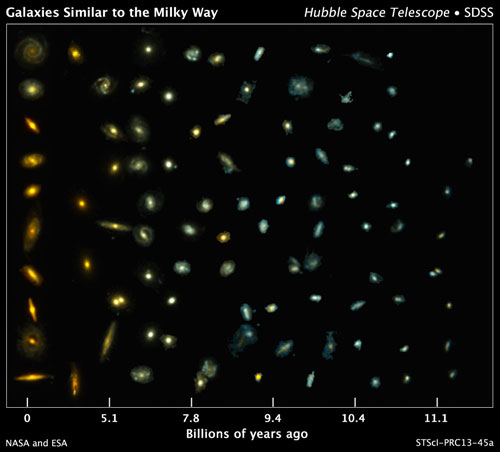 The Hubble Space Telescope has provided the first visual evidence showing how our home galaxy, the Milky Way, assembled itself into the majestic pinwheel of stars we see today. Perusing Hubble's deep-sky surveys, astronomers traced 400 galaxies similar to our Milky Way at various stages of construction over a time span of 11 billion years.
The Hubble Space Telescope has provided the first visual evidence showing how our home galaxy, the Milky Way, assembled itself into the majestic pinwheel of stars we see today. Perusing Hubble's deep-sky surveys, astronomers traced 400 galaxies similar to our Milky Way at various stages of construction over a time span of 11 billion years.
Nov 14th, 2013
Read more
 Researchers from Bern have developed a method to simplify the search for Earth-like planets: By using new theoretical models they rule out the possibility of Earth-like conditions, and therefore life, on certain planets outside our solar system - and limit their search by doing so.
Researchers from Bern have developed a method to simplify the search for Earth-like planets: By using new theoretical models they rule out the possibility of Earth-like conditions, and therefore life, on certain planets outside our solar system - and limit their search by doing so.
Nov 14th, 2013
Read more
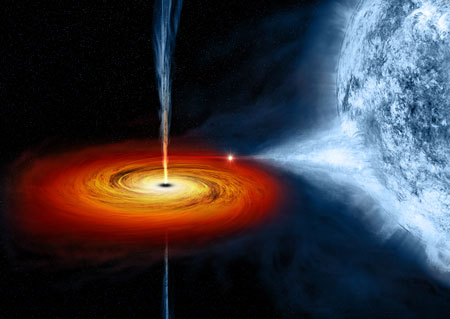 High-speed 'jets' spat out by black holes pack a lot of power because they contain heavy atoms, astronomers have found.
High-speed 'jets' spat out by black holes pack a lot of power because they contain heavy atoms, astronomers have found.
Nov 13th, 2013
Read more
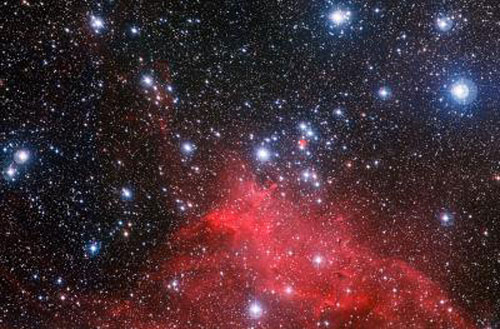 Astronomers at ESO have captured the best image so far of the clouds around the star cluster NGC 3572. This image shows how these clouds of gas and dust have been sculpted into bubbles, arcs and the odd features known as elephant trunks by the stellar winds flowing from this gathering of hot stars. The brightest of these cluster stars are much heavier than the Sun and will end their short lives as supernova explosions.
Astronomers at ESO have captured the best image so far of the clouds around the star cluster NGC 3572. This image shows how these clouds of gas and dust have been sculpted into bubbles, arcs and the odd features known as elephant trunks by the stellar winds flowing from this gathering of hot stars. The brightest of these cluster stars are much heavier than the Sun and will end their short lives as supernova explosions.
Nov 13th, 2013
Read more
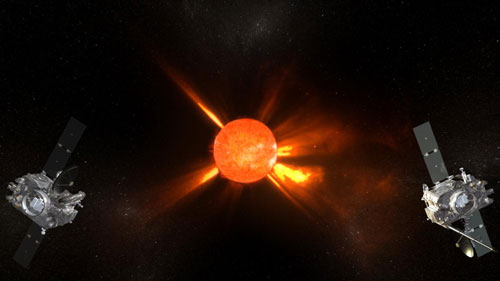 The sun emits light, but it also emits particle beams. A scientist at the Swedish Insitute of Space Physics (IRF) in Uppsala has revealed how these beams generate radio waves.
The sun emits light, but it also emits particle beams. A scientist at the Swedish Insitute of Space Physics (IRF) in Uppsala has revealed how these beams generate radio waves.
Nov 13th, 2013
Read more
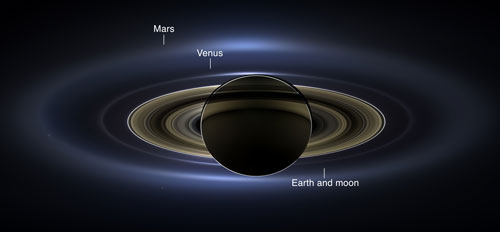 NASA has released a natural color image of Saturn from space, the first in which Saturn, its moons and rings, and Earth, Venus and Mars, all are visible.
NASA has released a natural color image of Saturn from space, the first in which Saturn, its moons and rings, and Earth, Venus and Mars, all are visible.
Nov 12th, 2013
Read more
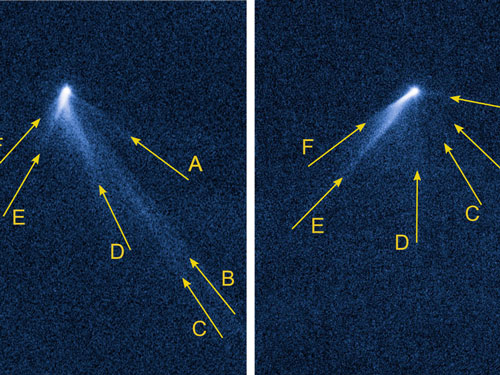 P/2013 P5 is an atypical asteroid which rotates so rapidly that it loses mass and thus forms several tails.
P/2013 P5 is an atypical asteroid which rotates so rapidly that it loses mass and thus forms several tails.
Nov 12th, 2013
Read more
Last Tuesday the Indian space agency launched a mission to Mars. Its goal is to place a satellite into orbit around that planet.
Nov 12th, 2013
Read more
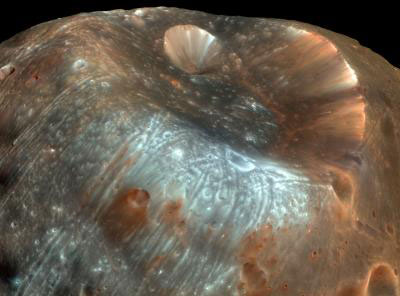 Brown researchers have helped to confirm the idea that the surface of Phobos contains tons of dust, soil, and rock blown off the Martian surface by large projectile impacts. That means a sample-return mission planned by the Russian space agency could sample two celestial bodies for the price of one.
Brown researchers have helped to confirm the idea that the surface of Phobos contains tons of dust, soil, and rock blown off the Martian surface by large projectile impacts. That means a sample-return mission planned by the Russian space agency could sample two celestial bodies for the price of one.
Nov 11th, 2013
Read more
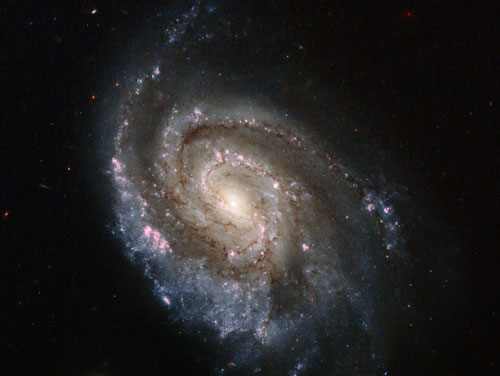 The subject of this new Hubble image, spiral galaxy NGC 6984, played host to one of these explosions back in 2012, known as SN 2012im. Now, another star has exploded, forming supernova SN 2013ek.
The subject of this new Hubble image, spiral galaxy NGC 6984, played host to one of these explosions back in 2012, known as SN 2012im. Now, another star has exploded, forming supernova SN 2013ek.
Nov 9th, 2013
Read more
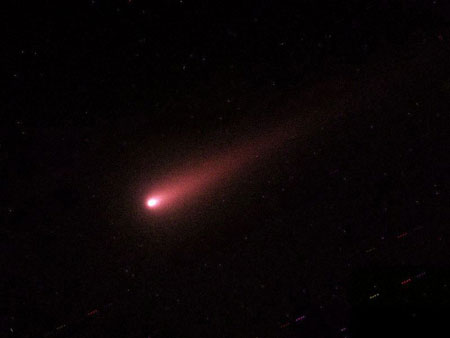 While amateur astronomers are waiting excitedly for the solar fly-by of comet ISON, researchers are already revealing the first properties of the stranger.
While amateur astronomers are waiting excitedly for the solar fly-by of comet ISON, researchers are already revealing the first properties of the stranger.
Nov 8th, 2013
Read more
Researchers find that huge craters on the near side of the moon may overstate the intensity of asteroid impacts about 4.1 billion years ago.
Nov 7th, 2013
Read more
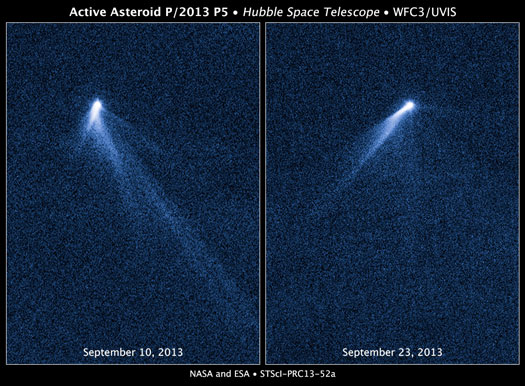 Astronomers viewing our solar system's asteroid belt with NASA's Hubble Space Telescope have seen for the first time an asteroid with six comet-like tails of dust radiating from it like spokes on a wheel.
Astronomers viewing our solar system's asteroid belt with NASA's Hubble Space Telescope have seen for the first time an asteroid with six comet-like tails of dust radiating from it like spokes on a wheel.
Nov 7th, 2013
Read more
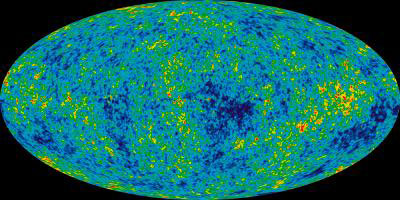 Study uses Big Bang afterglow to show Earth has no special place in expanding universe.
Study uses Big Bang afterglow to show Earth has no special place in expanding universe.
Nov 7th, 2013
Read more
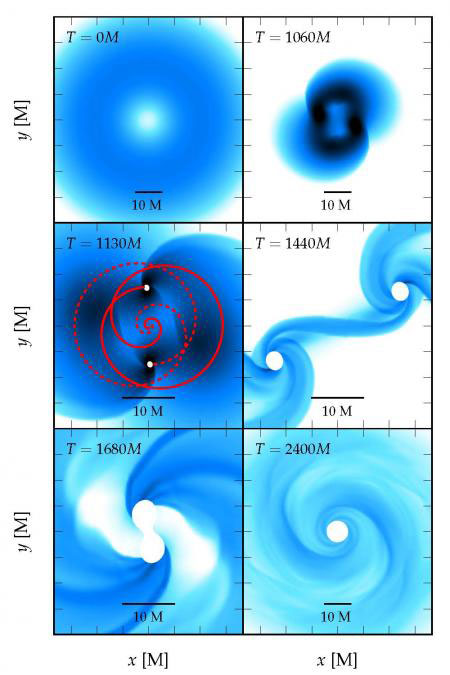 Over billions of years, small black holes can slowly grow into supermassive black holes by taking on mass from their surroundings, and also by merging with other black holes. But this slow process can't explain how supermassive black holes existing in the early universe would have formed less than one billion years after the Big Bang. New findings from a group of Caltech researchers help to test a model that solves this problem.
Over billions of years, small black holes can slowly grow into supermassive black holes by taking on mass from their surroundings, and also by merging with other black holes. But this slow process can't explain how supermassive black holes existing in the early universe would have formed less than one billion years after the Big Bang. New findings from a group of Caltech researchers help to test a model that solves this problem.
Nov 6th, 2013
Read more
Last year when a team of astronomers led by a Michigan State University professor discovered two black holes in a collection of stars known as a globular cluster, they weren't sure if their presence was a common occurrence or a unique stroke of luck.
Nov 6th, 2013
Read more
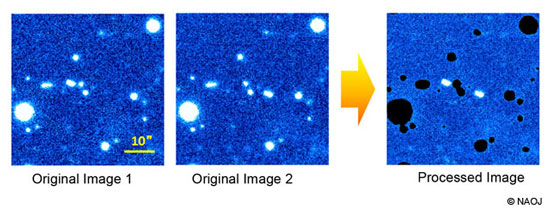 A team of astronomers from the National Astronomical Observatory of Japan and the University of Hyogo used the Subaru Prime Focus Camera (Suprime-Cam) mounted on the Subaru Telescope to observe faint asteroids with highly inclined orbits. They found that a smaller fraction of tiny bodies occur among high-inclination asteroids than those near the ecliptic plane.
A team of astronomers from the National Astronomical Observatory of Japan and the University of Hyogo used the Subaru Prime Focus Camera (Suprime-Cam) mounted on the Subaru Telescope to observe faint asteroids with highly inclined orbits. They found that a smaller fraction of tiny bodies occur among high-inclination asteroids than those near the ecliptic plane.
Nov 6th, 2013
Read more
NASA has selected nine research teams from seven states for a new institute that will bring researchers together in a collaborative virtual setting to focus on questions concerning space science and human space exploration.
Nov 5th, 2013
Read more
 The Hubble Space Telescope has provided the first visual evidence showing how our home galaxy, the Milky Way, assembled itself into the majestic pinwheel of stars we see today. Perusing Hubble's deep-sky surveys, astronomers traced 400 galaxies similar to our Milky Way at various stages of construction over a time span of 11 billion years.
The Hubble Space Telescope has provided the first visual evidence showing how our home galaxy, the Milky Way, assembled itself into the majestic pinwheel of stars we see today. Perusing Hubble's deep-sky surveys, astronomers traced 400 galaxies similar to our Milky Way at various stages of construction over a time span of 11 billion years.
 Subscribe to our Space Exploration News feed
Subscribe to our Space Exploration News feed











